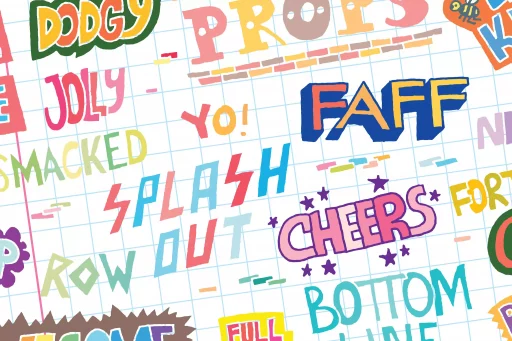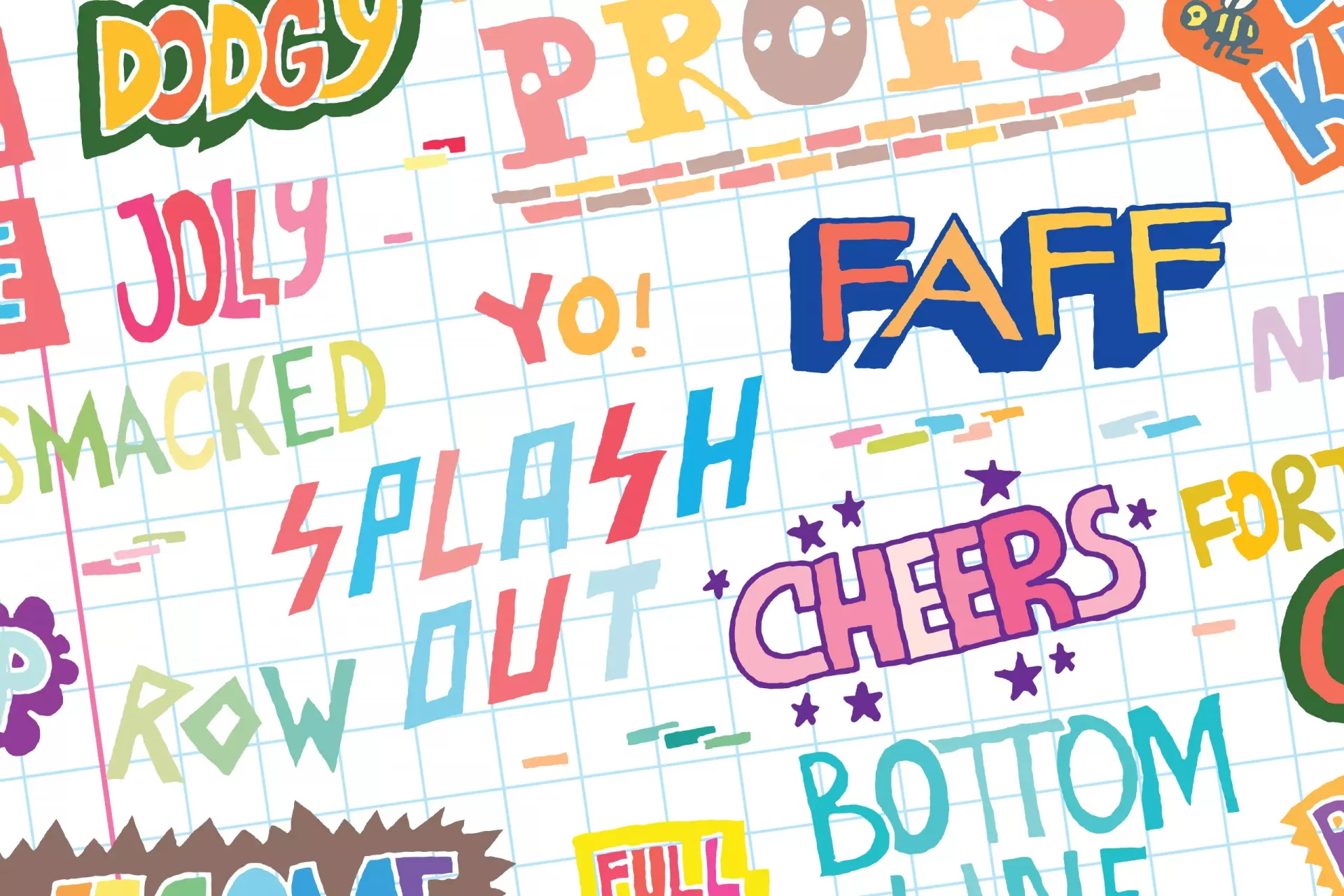Understanding the Term ‘Baggie’
The slang term “baggie” has evolved over the years, finding its place in various subcultures, particularly among younger generations. While it may have been linked to certain connotations in the past, its contemporary usage has significantly broadened. The term often refers to a small bag, particularly one used to carry illicit substances, but it can also denote a style of clothing or even a playful term among friends.
Origin and Evolution of ‘Baggie’
Originally, “baggie” might have been a straightforward descriptor for a small bag or pouch. However, its usage shifted dramatically in the late 20th century, primarily influenced by youth culture, music, and the burgeoning hip-hop scene.
- 1960s-1970s: The term was commonly used to refer to small plastic bags, particularly for marijuana.
- 1980s: Baggies became synonymous with street culture, often used in the drug trade.
- 1990s-Present: As urban fashion evolved, “baggie” also referred to oversized clothing styles.
The Dual Meaning of ‘Baggie’ in Modern Context
In today’s vernacular, the term “baggie” has at least two primary meanings:
- Drug Reference: In its most common use, a “baggie” often refers to a small plastic bag containing illegal drugs. This usage is predominantly found in discussions surrounding drug culture and law enforcement.
- Fashion Terminology: “Baggie” also refers to a style of clothing that is loose-fitting, exemplified by baggy jeans or oversized t-shirts, popularized in the ’90s and making a resurgence in modern fashion trends.
Case Studies: The Usage of ‘Baggie’ in Pop Culture
The term “baggie” has made notable appearances in various cultural contexts, influencing and reflecting societal attitudes:
- Film: The movie “Pineapple Express” brought significant attention to slang terms surrounding drug culture, including “baggie.”
- Music: Various rap songs frequently mention “baggies” in their lyrics, emphasizing themes related to street life and drug trade.
- Social Media: TikTok and Instagram influencers have revived baggy clothing trends, showcasing styles that resonate with nostalgia.
Statistics: Youth Culture and Slang Usage
According to a report from Statista, about 64% of American teenagers regularly use slang in their daily communication. Furthermore, 47% of teens feel that slang helps them express themselves better. These statistics reflect the fluidity and continual evolution of language among younger generations.
Examples of ‘Baggie’ in Everyday Conversation
Using the term “baggie” in conversation can illustrate its versatility:
- In drug-related contexts: “He pulled out a baggie containing some of the best weed in town.”
- In fashion: “I love these baggie jeans; they’re so comfortable and trendy!”
Conclusion: The Changing Landscape of Slang
The word “baggie” exemplifies the evolution of slang and how language adapts to social environments. From its original association with drug culture to its role in fashion trends, this slang term’s dual meanings highlight the dynamic nature of urban lexicon. As language continues to evolve, understanding these terms aids in bridging generational gaps and fosters better communication.


